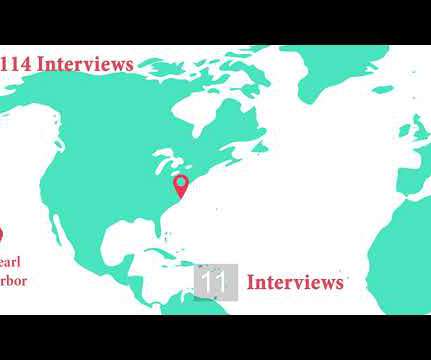Hacking for Defense @ Stanford 2021 Lessons Learned Presentations
Steve Blank
JUNE 8, 2021
Although the class was run completely online, and even though they were suffering from Zoom fatigue, the 10 teams of 42 students collectively interviewed 1,142 beneficiaries, stakeholders, requirements writers, program managers, industry partners, etc. – while simultaneously building a series of minimal viable products. Stay tuned.













Let's personalize your content